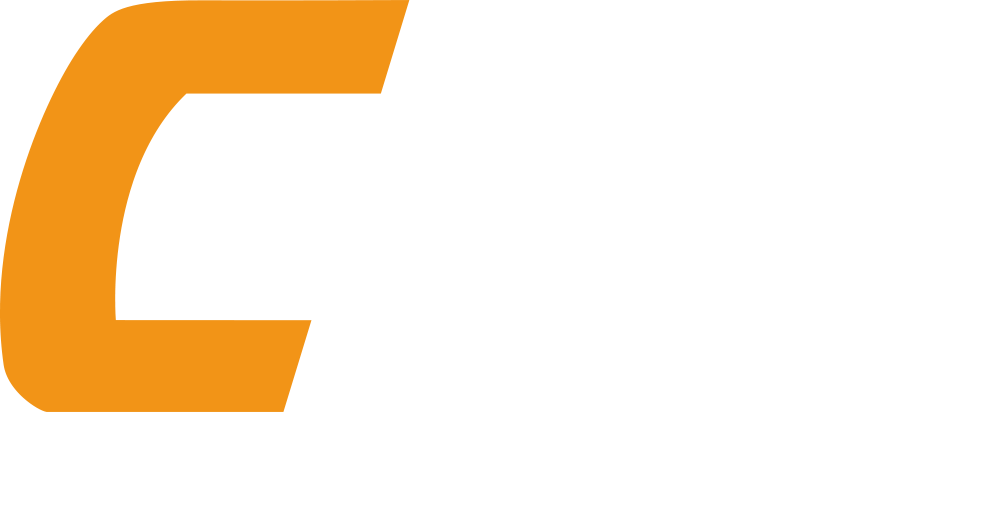CHZ Lighting - LED Street Light Manufacturer and LED Flood Light Factory Since 2013
How much does the solar street light battery discharge depend on?
The depth of discharge, which is expressed as a percentage of the battery capacity, can be obtained from the battery case or the instruction manual. The discharge capacity that a battery can withstand is related to its structure. Most common batteries have electroactive lead alloy plates, which are immersed in dilute electrolyte. The plates can be divided into plant type (pure lead), paste-coated plate type and tubular type. Electrodes are available in different thicknesses and in different alloys (eg lead-calcium, lead-antimony alloys) for different types of batteries. Generally speaking, the larger the electrode plate, the better the performance such as the degree of charge and discharge that the battery can withstand. Of course, the lighting time and lighting brightness of the solar street lamp will be much better. Battery work can be divided into shallow cycle and deep cycle. Shallow cycle batteries are lighter and less expensive, but their lifespan is greatly reduced if the specified depth of discharge is frequently exceeded. Many sealed batteries (so-called maintenance-free batteries) are shallow-cycle batteries, and a typical shallow-cycle battery should not discharge more than 25% of the battery's capacity. Batteries often used in stand-alone photovoltaic systems in deep cycle batteries have thick plates and can withstand 80% of their capacity. Most of these batteries are wet batteries, and their plates are soaked in electrolyte . The electrolyte level needs to be checked frequently, and distilled water should be added regularly to ensure that the electrodes are submerged.
Quick Links
Contact Us
WHATSAPP: +86 159 2122 3752
Wechat: +86 159 2122 3752
SKYPE: jolina.li
Add: No.518, Xiangjiang Road,Shanghai, China